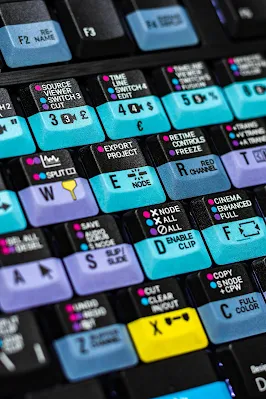🧠 What Is the Kernel?
The kernel is the core part of an operating system — it’s like the brain or the boss of the system. It connects the hardware (your computer's physical parts) and the software (the programs you run).
You never see the kernel directly, but it's always working in the background to manage things like:
-
Memory
-
Processes (running apps and programs)
-
Files
-
Input/output (keyboard, mouse, etc.)
-
Communication between hardware and software
Think of the kernel like a manager in a restaurant:
-
The hardware (like the stove, fridge, cash register) is the kitchen staff.
-
The software (like the waiters, customers, apps) makes requests.
-
The kernel manages everything so it works smoothly — giving orders, tracking resources, and making sure tasks don’t clash.
🔧 How Does the Kernel Work?
Let’s look at how the kernel handles everyday tasks:
1. Process Management
When you open an app, a process is created. The kernel:
-
Starts the process
-
Gives it resources (like CPU time and memory)
-
Keeps track of it
-
Stops it when you close the app
If you open many apps, the kernel switches between them super fast so it looks like they’re running at the same time — this is called multitasking.
2. Memory Management
Your system has limited RAM (memory). The kernel decides:
-
How much memory each process gets
-
When to move things in and out of memory
-
How to prevent one process from using up all the RAM
This ensures your computer runs efficiently without crashing.
3. Device Management
The kernel talks to hardware devices using drivers. A driver is like a translator between the kernel and a specific device (like a printer or keyboard).
For example, when you press a key:
-
The keyboard sends a signal to the kernel.
-
The kernel uses the keyboard driver to understand the signal.
-
Then it sends that information to the right program (like a text editor).
4. File System Management
The kernel handles how data is stored and retrieved from storage devices like hard drives or SSDs. It:
-
Keeps track of file locations
-
Manages file permissions
-
Makes sure multiple apps can read/write files safely
5. Security and Permissions
The kernel makes sure that one app can’t mess with another app’s data. It controls:
-
Who can access what files
-
What each user or process is allowed to do
This keeps the system secure and stable.
🧩 Types of Kernels
There are different types of kernels, but the most common are:
✅ Monolithic Kernel (like in Linux)
-
All basic functions (memory, processes, drivers, etc.) are part of one big program.
-
Fast performance, but errors in one part can affect the whole system.
✅ Microkernel
-
Only essential functions are in the kernel; others are run as separate programs.
-
More stable and secure, but can be slower.
Linux uses a monolithic kernel, but it's modular — meaning you can load and unload parts (like drivers) when needed.
💡 Why Is the Kernel Important?
Without the kernel, your operating system can’t work. It’s responsible for:
-
Making sure your apps run properly
-
Keeping the system safe
-
Efficiently using your computer’s hardware
It’s like the heart of the operating system — pumping data and instructions where they need to go.
✅ Summary: Key Points About the Kernel
| Function | What It Does |
|---|---|
| Process Management | Starts, stops, and tracks apps |
| Memory Management | Allocates and organizes RAM |
| Device Management | Communicates with hardware through drivers |
| File System | Manages files and storage |
| Security | Controls access and permissions |



